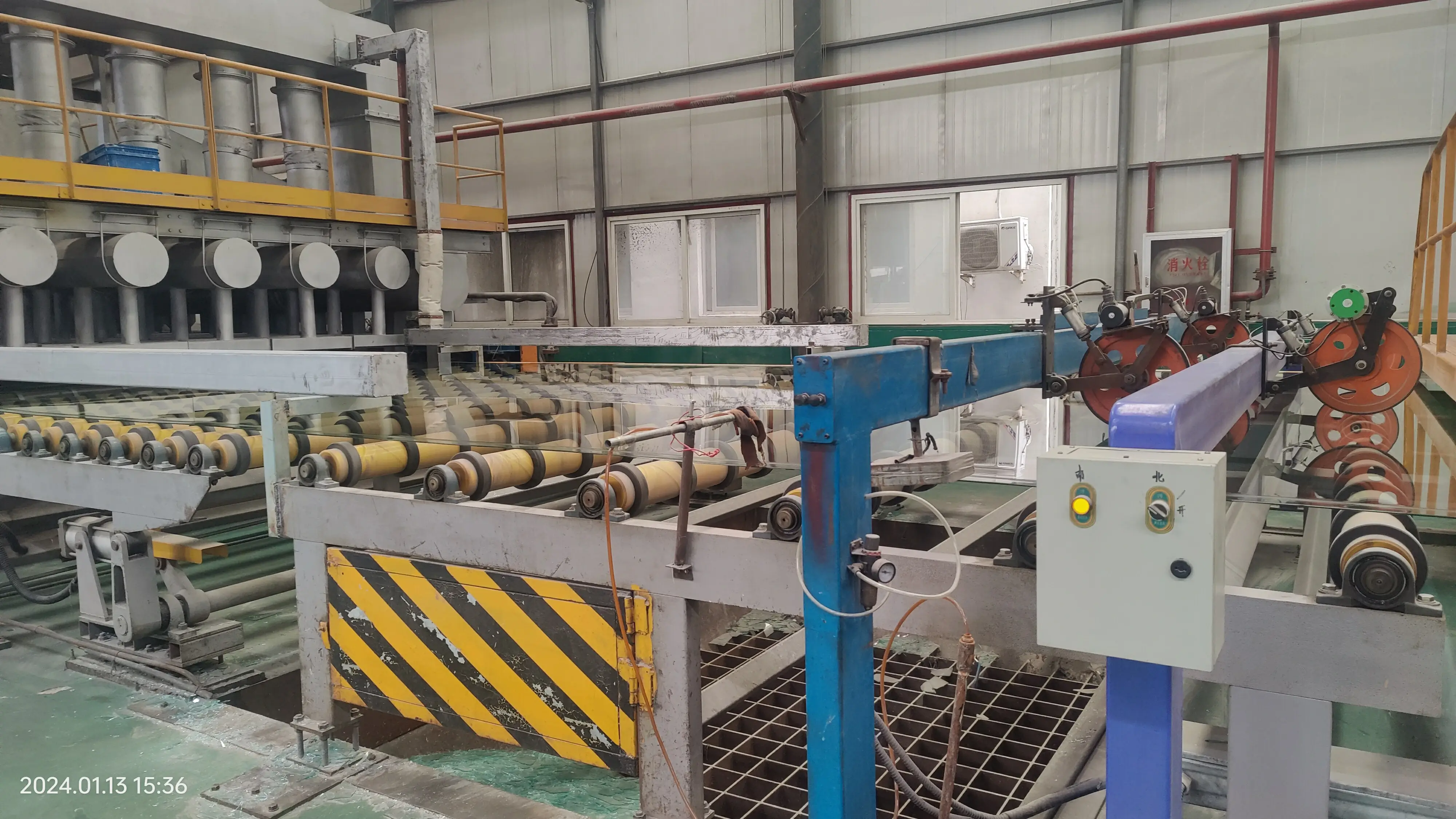

The Benefits of Double Low-E Glass in Modern Architecture
In the realm of contemporary architecture and energy-efficient design, double low-emissivity (low-E) glass has emerged as a revolutionary material. This specialized glass boasts distinct advantages that not only enhance the aesthetic appeal of buildings but also significantly improve energy efficiency and occupant comfort.
The Benefits of Double Low-E Glass in Modern Architecture
One of the most significant advantages of double low-E glass is its effectiveness in energy conservation. By improving thermal insulation, buildings can experience a reduction in energy consumption, translating to lower utility bills. In an era where sustainability is paramount, many homeowners and builders are increasingly prioritizing energy-efficient materials. The use of double low-E glass aligns with this trend, allowing property owners to contribute to environmental conservation while also enjoying long-term financial benefits.

Another noteworthy aspect of double low-E glass is its ability to mitigate harmful UV radiation. Conventional glass can allow up to 70% of UV rays to penetrate indoors, leading to fading of furniture, artworks, and flooring. The low-E coating significantly blocks these rays, preserving the integrity of interior spaces and extending the lifespan of valuable possessions. This protective quality makes double low-E glass an ideal choice for residential and commercial buildings alike.
Moreover, the aesthetic benefits of double low-E glass cannot be overlooked. This glass option is available in various finishes and tints, enabling architects and designers to create visually striking facades that enhance a building's appeal. The transparent nature of low-E glass allows natural light to fill spaces, creating bright and inviting environments without compromising on energy efficiency.
In conclusion, double low-E glass represents a crucial innovation in architectural design and energy efficiency. Its ability to regulate temperature, reduce energy consumption, block harmful UV rays, and offer aesthetic flexibility makes it a preferred choice for modern construction. As sustainability becomes increasingly vital, the integration of double low-E glass in building design will continue to play a pivotal role in shaping a more energy-efficient and environmentally conscious future.